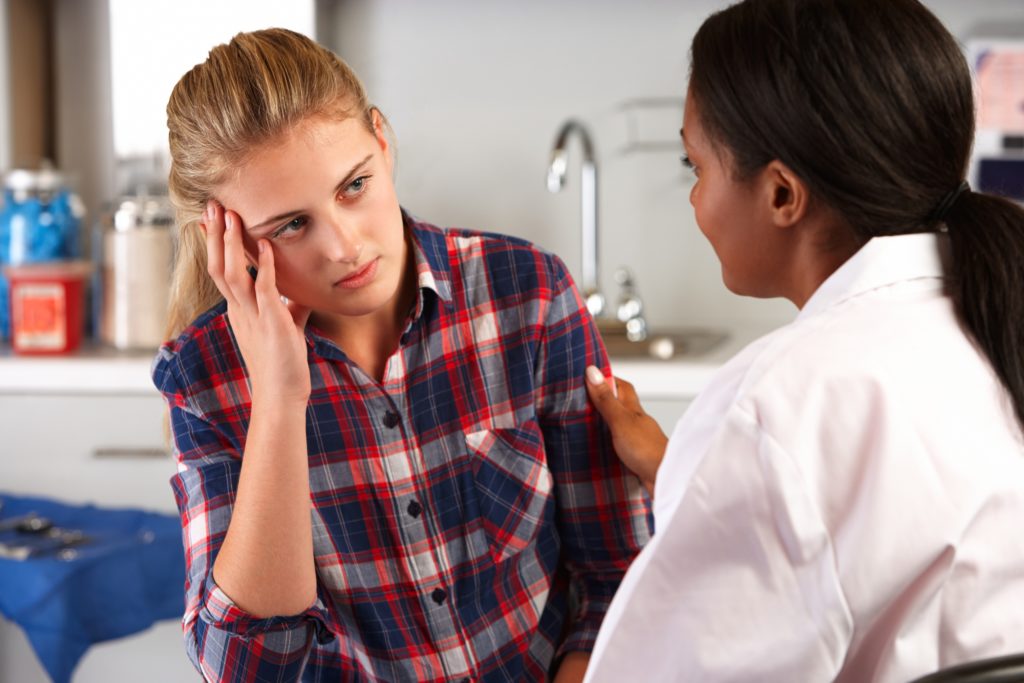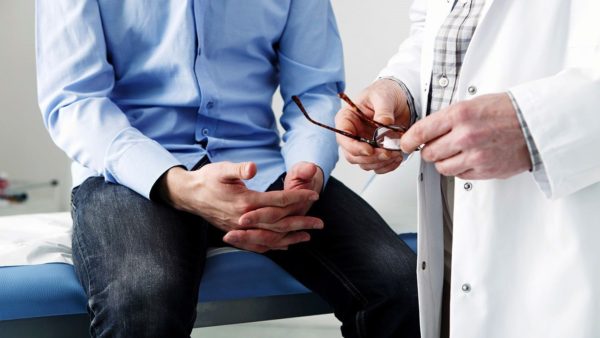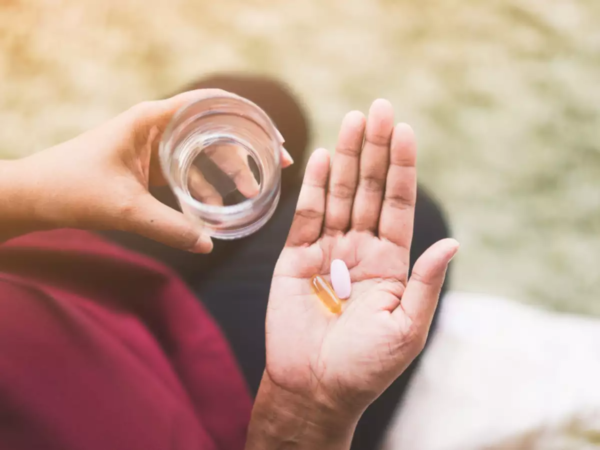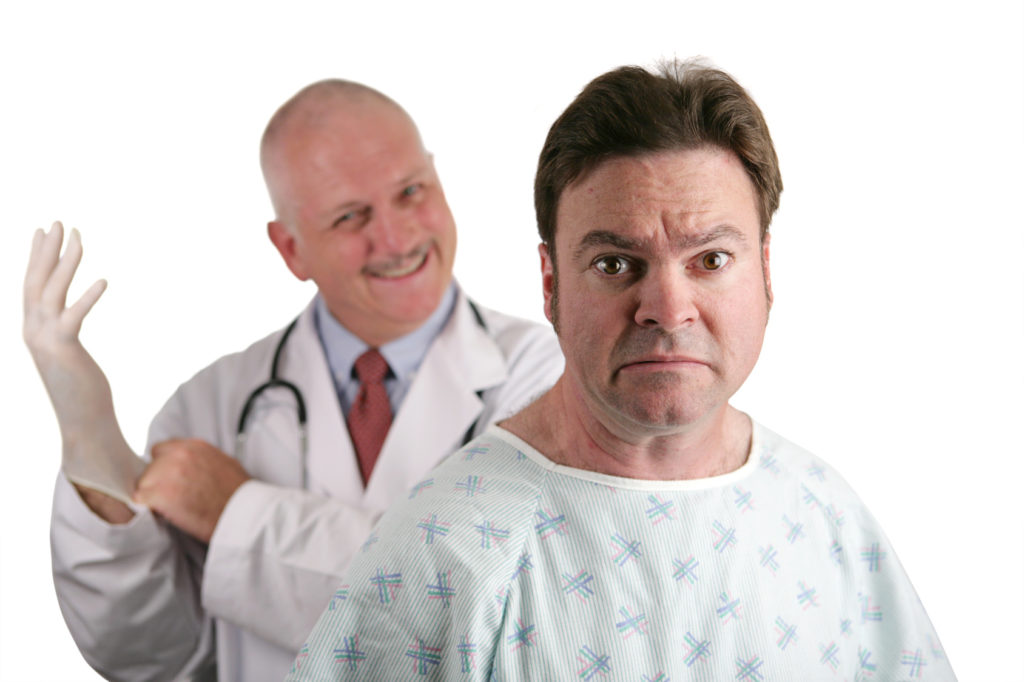Gonorrhea Disease, commonly known as hot-piss, urethritis, or gonorrhea, is a sexually transmitted disease (STD), caused by the bacterium Neisseria gonorrhea, the most serious one. It has been on the rise in France since 1998, like most STIs. Gonorrhea is more commonly detected in men than in women, perhaps because it causes signs in men, wherein more than half of the women there is no visible sign of it. Males aged 21 to 30 years and young women aged 16 to 25 are the most affected by the diagnosis of this sexually transmitted infection (STI).
It can infect the penis and vagina, urethra, rectum, throat, and sometimes the eyes. In women, the cervix can also be damaged. In Canada, the number of new cases of gonorrhea has more than doubled in the last 10 years and the proportion of cases resistant to antibiotics is constantly increasing.
Gonorrhea Disease Causes
Gonorrhea is transmitted through unprotected oral, anal, or vaginal intercourse with an infected partner, through the exchange of biological fluids and contact with the mucous membranes. It is rarely transmitted by cunnilingus. Gonorrhea can also be transmitted to the newborn infected mother during delivery, causing an eye infection.

Gonorrhea Disease Complications
- In women, gonorrhea can lead to pelvic inflammatory disease, which is an infection of the reproductive organs of the fallopian tubes, the ovaries, and the uterus. which may lead to infertility, increase the risk of ectopic pregnancy.
- In humans, gonorrhea can cause inflammation of the prostate or the testicles, which can cause infertility.
- Gonorrhea also increases the risk of HIV transmission.
- In addition, a newborn infected by the mother may have severe ocular problems or blood infections (septicemia).
When to consult the doctor?
- After unprotected sex, consult your doctor for screening
- In the case of signs of genital infection, burning urinating in humans.

Gonorrhea Disease Symptoms
Signs of gonorrhea usually occur two to five days after the time of infection in humans but may take around ten days in women, probably more. Infection may occur in the rectum, penis, cervix, or throat. In women, the infection goes unnoticed in more than half of the cases, with no particular signs.
Gonorrhea Infection
The signs are often very important, and one usually speaks of a sensation of “pissing razor blades”!
- Purulent and greenish-yellow discharge through the urethra
- Difficulties in urinating
- Intense burning sensation while urinating
- Tingling at the urethra
- Pain or swelling in the testicles
- Pain or discharge of the rectum
A man with these signs should talk to his partner, because she may show no signs, even if she is a carrier of the bacteria. And in 1% of cases, men show little or none of these signs.

Gonorrhea Disease: At the woman’s home
Most women show no signs of gonorrhea, and this represents between 70% and 90% of the cases! When they exist, these symptoms are often confused with those of a urinary or vaginal infection:
- Vaginal discharge purulent, yellowish, or sometimes bloody
- Vulvar irritation
- Abnormal vaginal bleeding
- Pelvic pain or heaviness
- Pain during sexual intercourse
- Burning sensations while urinating and difficulty urinating
Anorectal gonorrhea is particularly common in men who have sex with men (MSM) and may present with the following signs:
- Itching at the anus
- Inflammation of the anus
- Purulent discharge from the anus
- Diarrhea
- Bleeding from the anus
- Discomfort to defecate
Gonorrhea of the mouth and throat is often associated with no notable sign. Sometimes, pharyngitis or angina that regresses on its own. This oropharyngeal gonorrhea is present in 10 to 40% of MSM (men who have sex with men), 5 to 20% of women with vaginal or anorectal gonorrhea, and 3 to 10% in heterosexuals.
Eye involvement is rare in adults. It occurs by self-infection; The affected person suffering from a gonorrhea of the sexual zone and carrying the germs to his eyes with his hands. The signs are:
- Swelling of the eyelids
- Thick and abundant secretions
- A sensation of grains of sand in the eye
- Ulcerations or perforation of the cornea

Risk Factors and People at Risk
- Men who have sex with men (MSM) are a high-risk population
- Persons with more than one sexual partner
- Persons with partners who have other sexual partners
- People who use condoms inconsistently
- Persons under the age of 25, sexually active men, women or adolescents
- People who have had sexually transmitted infections (STIs) in the past
- People infected with HIV, the AIDS virus
- Sex workers
- Drug users
- Persons incarcerated
- People going to the toilet without washing their hands systematically (eye gonorrhea)

Gonorrhea Disease Prevention
1. Basic Preventive Measures
- The use of condoms helps to prevent the transmission of gonorrhea during anal or vaginal sex. Condoms or dental dams may also serve as a means of protection during oral sex.
- Wash hands after using the toilet.
- In the event of a risk to the mother, the newborn child benefits immediately upon the birth of antibiotic treatment against gonorrhea. It is a drop of rifamycin in each eye, and this antibiotic allows treating it in the case where the mother infected. In fact, 30-50% of children born with untreated gonorrhea would develop a severe eye infection that could lead to blindness.

2. Screening measures
Regular screening helps prevent transmission of infection to new partners. Partner Information: In the case of a positive outcome, it is important to notify anyone who has had sex and who may expose it. She screened and treated immediately if infected. It’s detected in both men and women by means of urinalysis or culture of samples taken from infected areas (in the throat, urethra, vagina, or The rectum using a cotton swab).

3. Medical treatments
The disease could be reated with antibiotics as a single dose orally or by intramuscular injection. Resistances have appeared for certain antibiotics that have become ineffective, such as penicillins or tetracyclines. 500 mg ceftriaxone is now used in a single intramuscular or intravenous injection. The physician systematically associates a treatment against chlamydiae, such as azithromycin at the dose of 1 g in mono-dose, because the two infections are often associated.

Treatment is given immediately after collection, even before the results expected in humans. The partner (s) must also be treated. The treated person must return to consult after 7 days. All people who are taking gonorrhea treatment should also be screened for chlamydial infection. In pregnant women at risk for sexually transmitted infections (STIs) or who have had an STI just after delivery, the newborn infant receives rifamycin drops from the eyes to treat possible gonorrhea.

